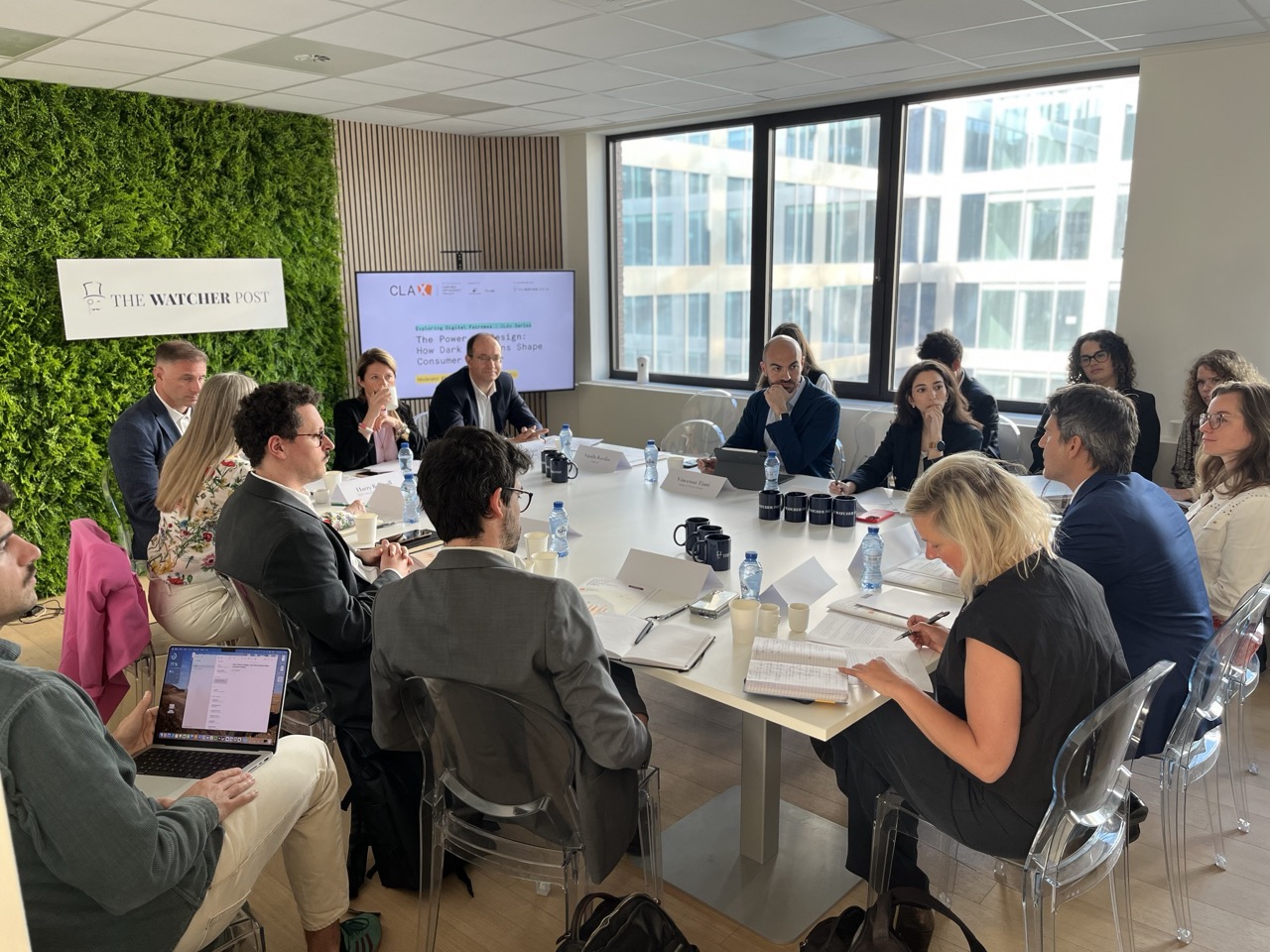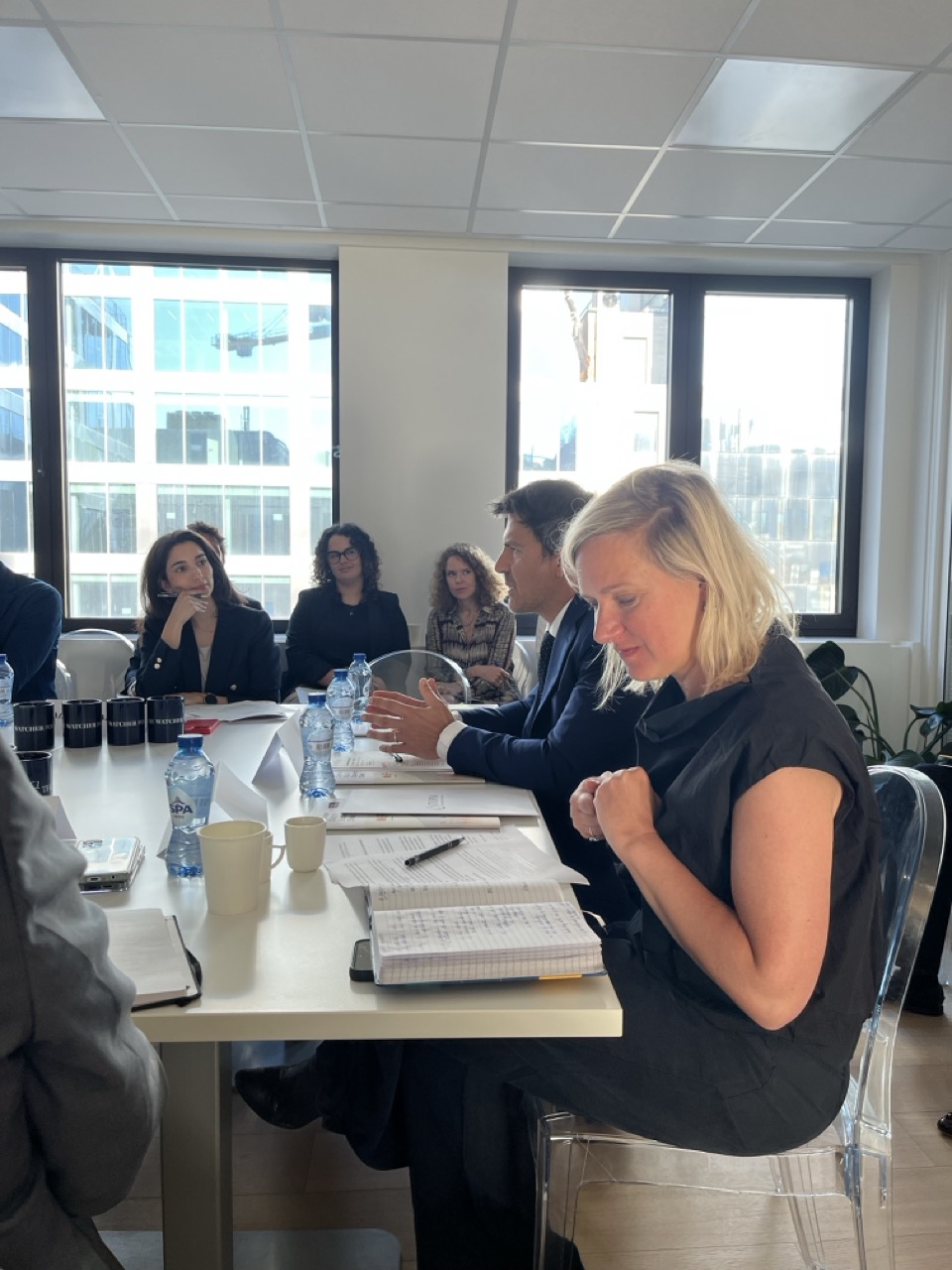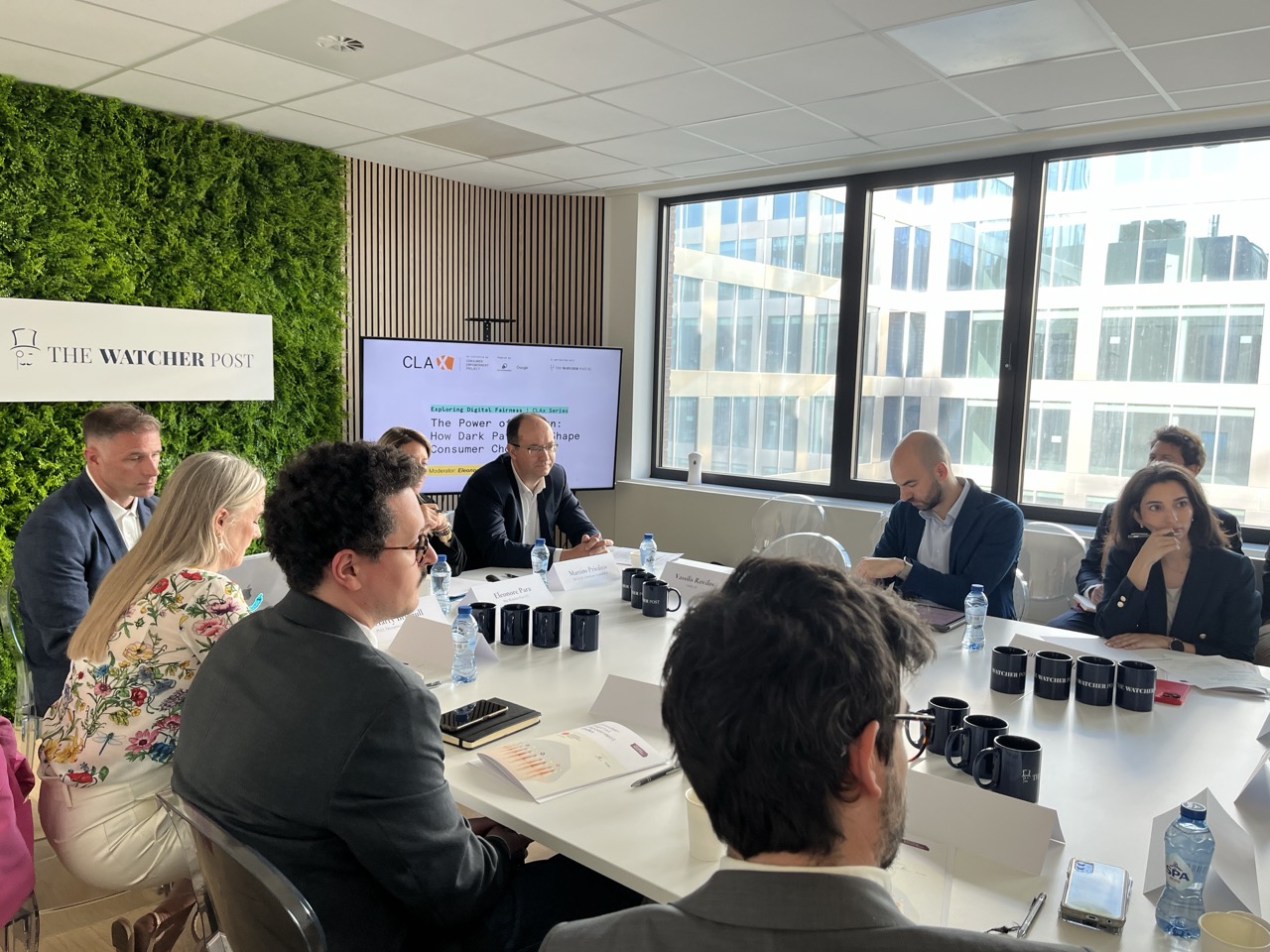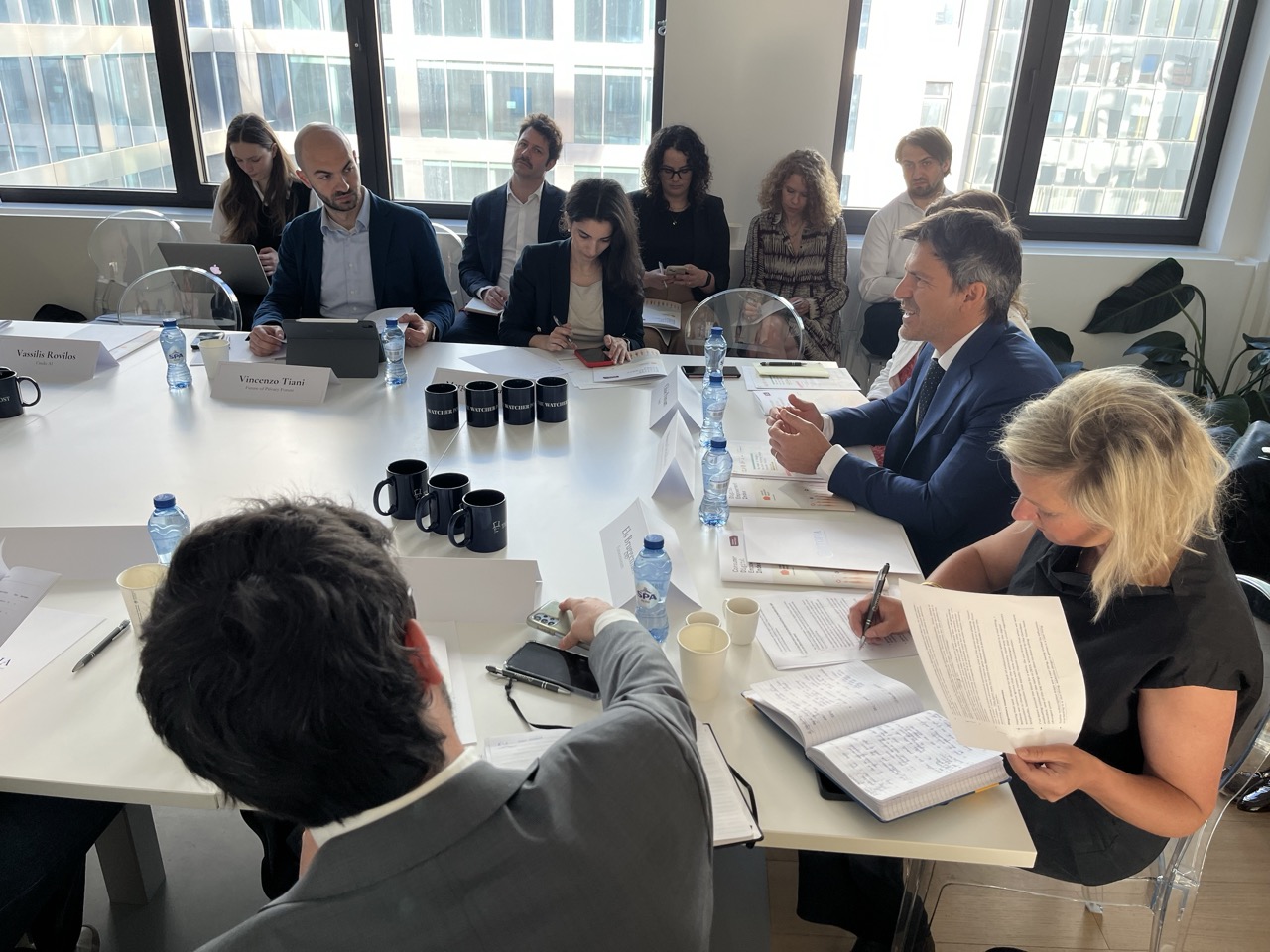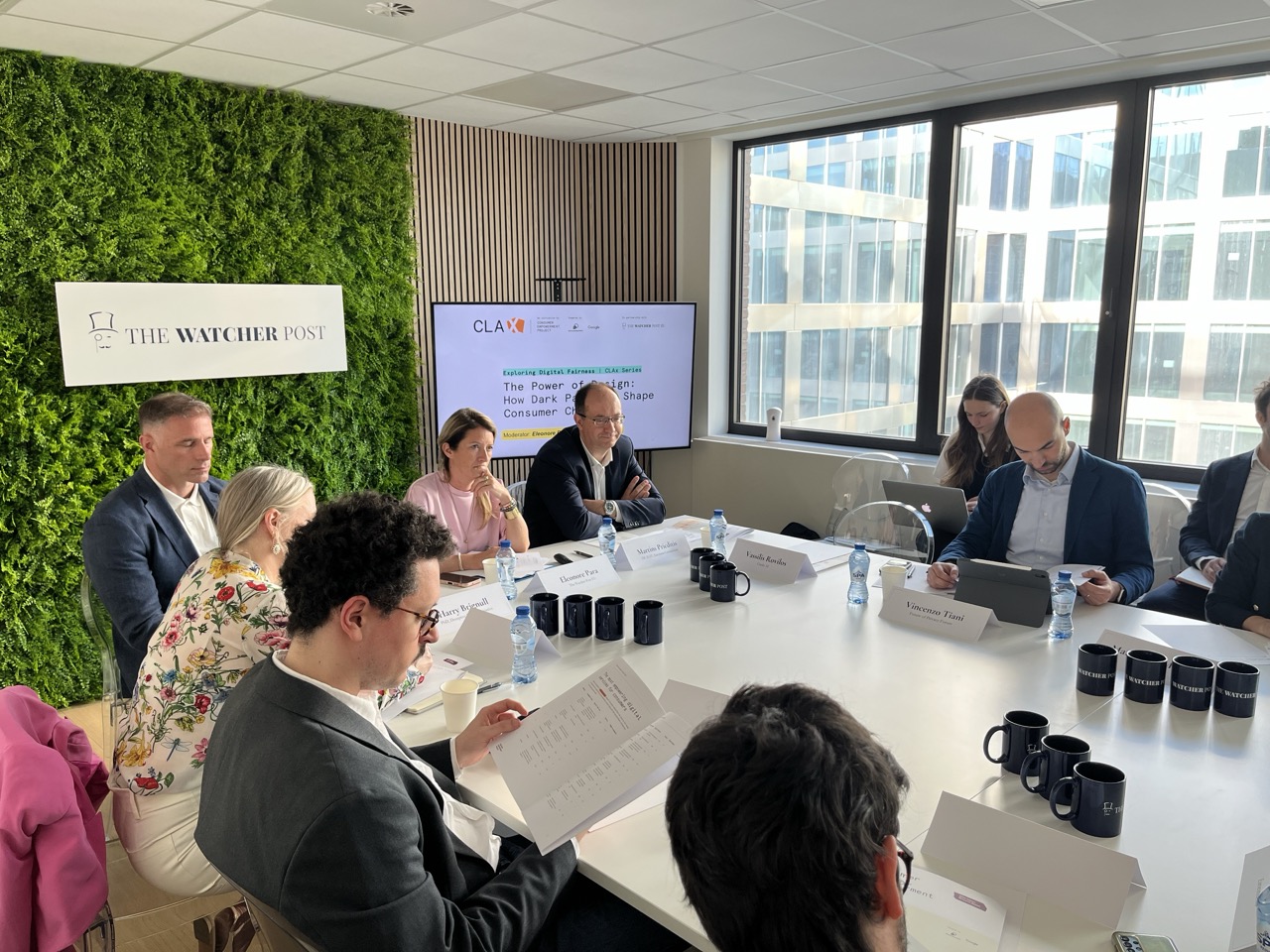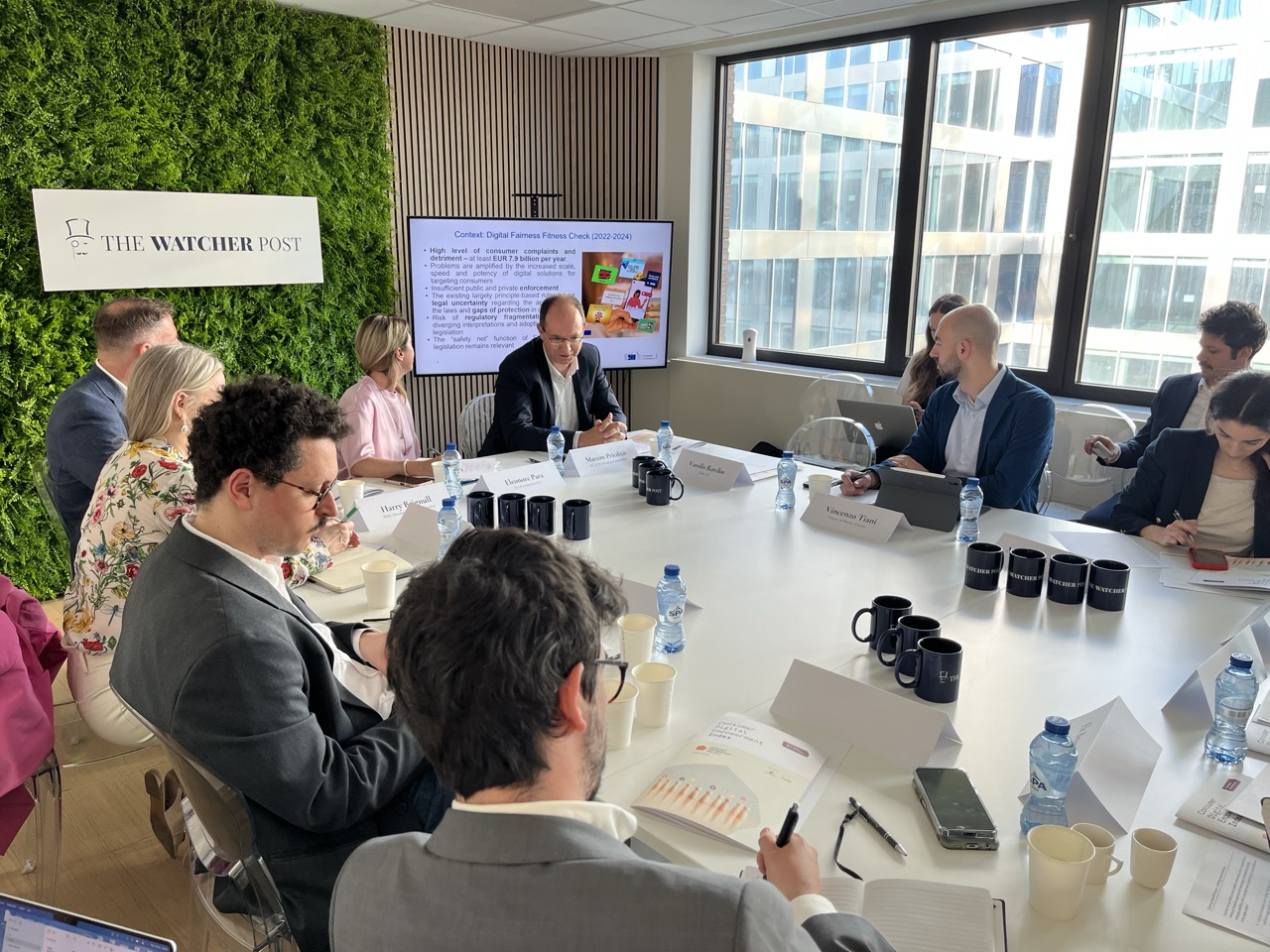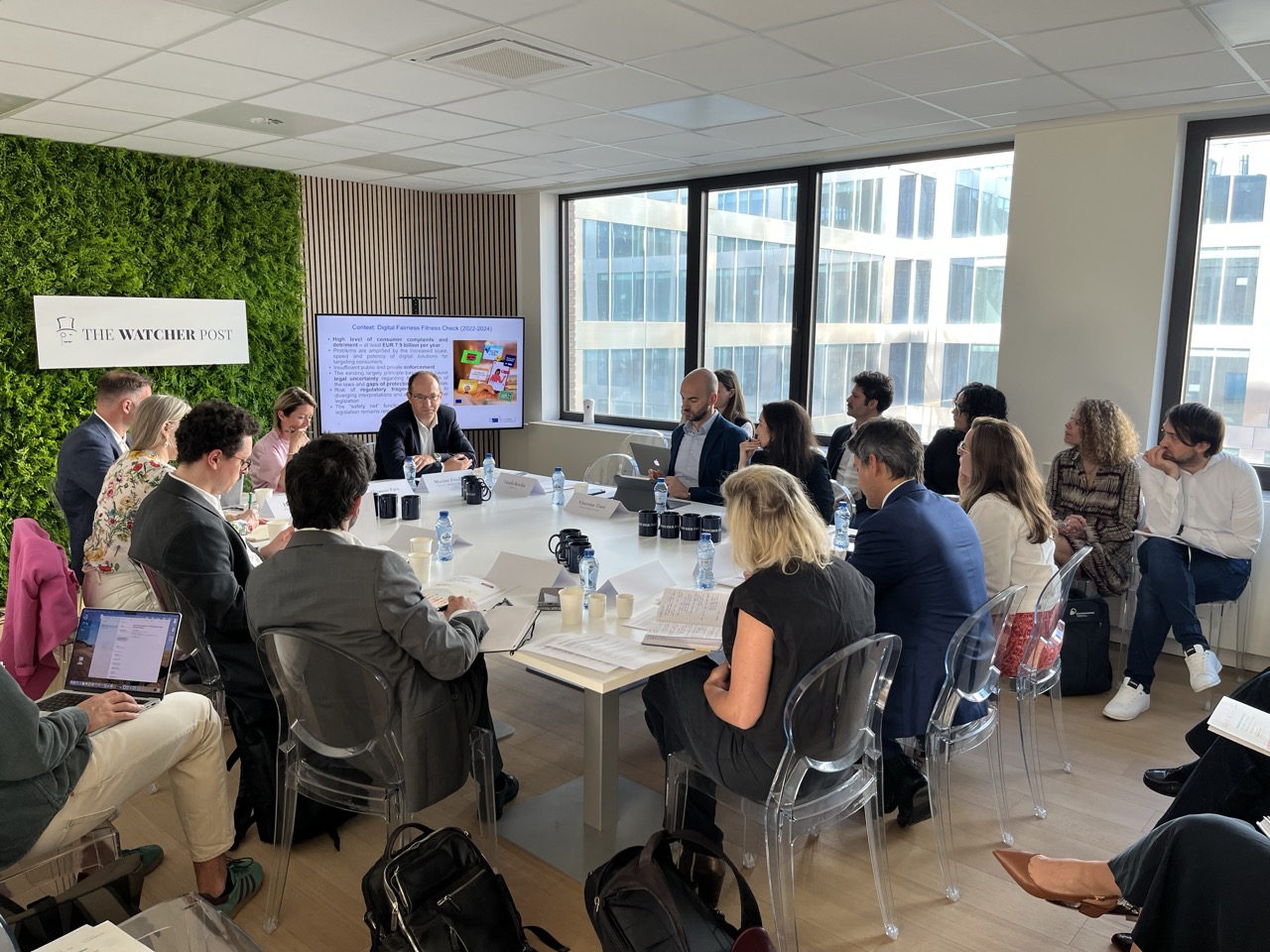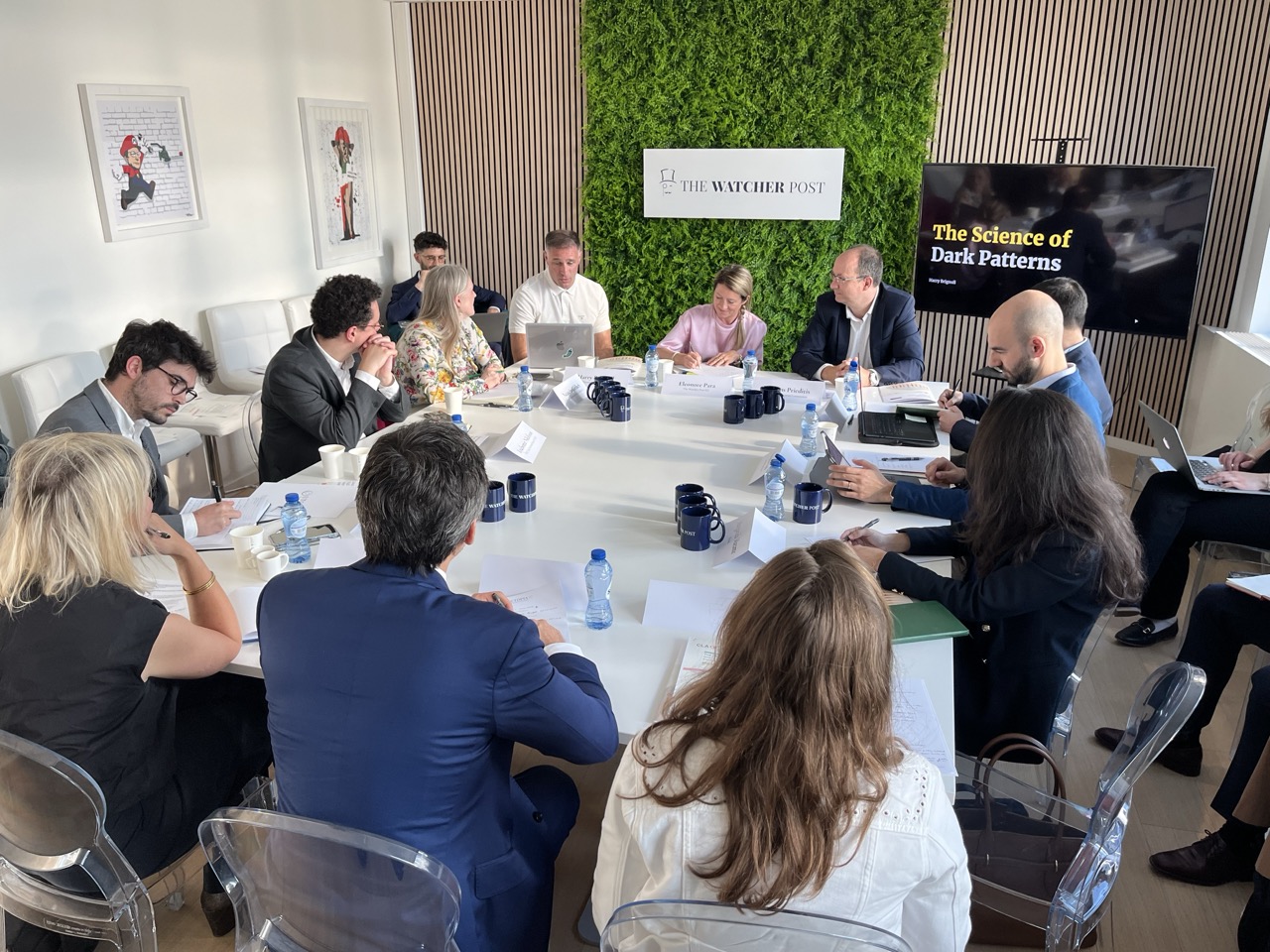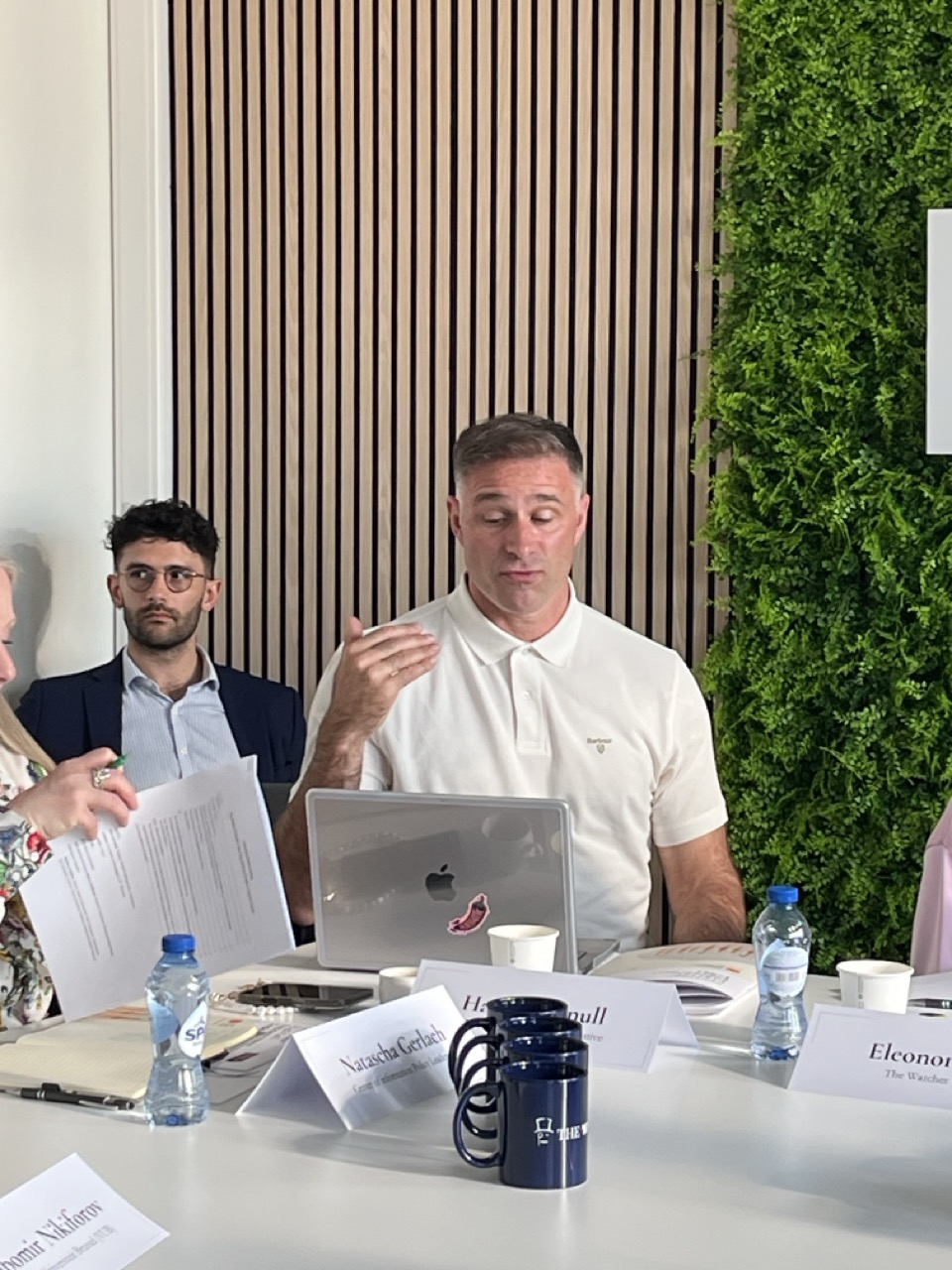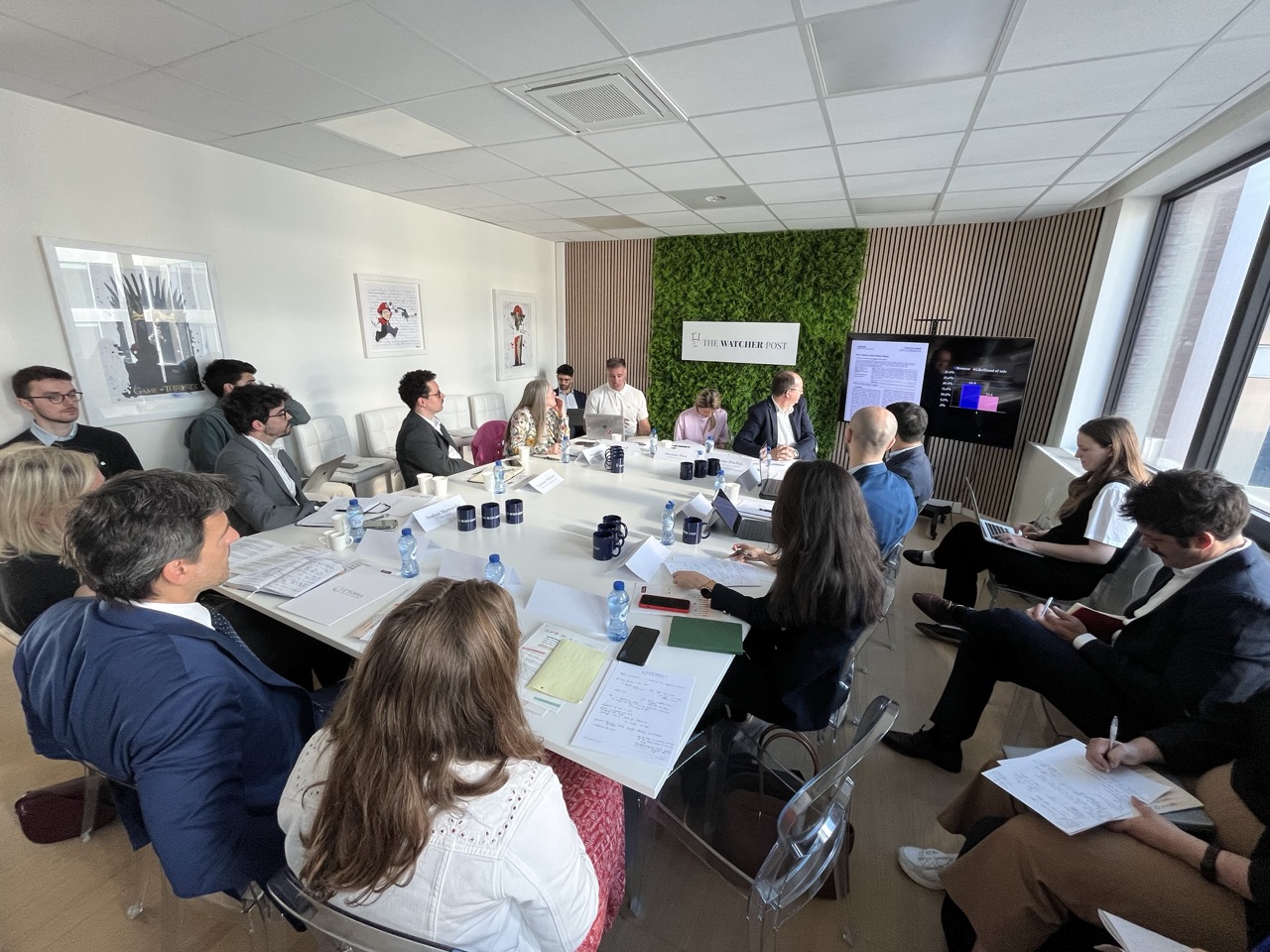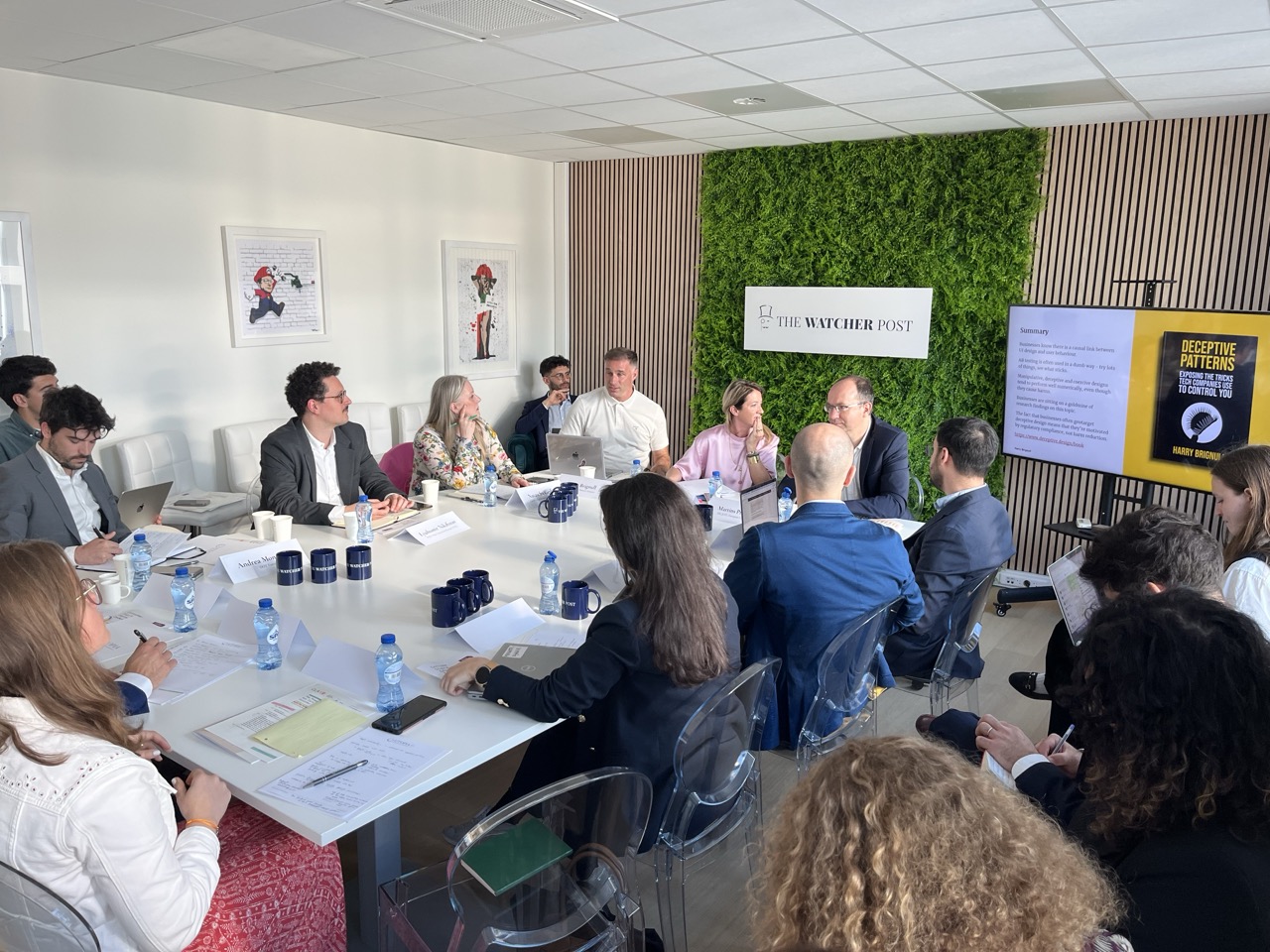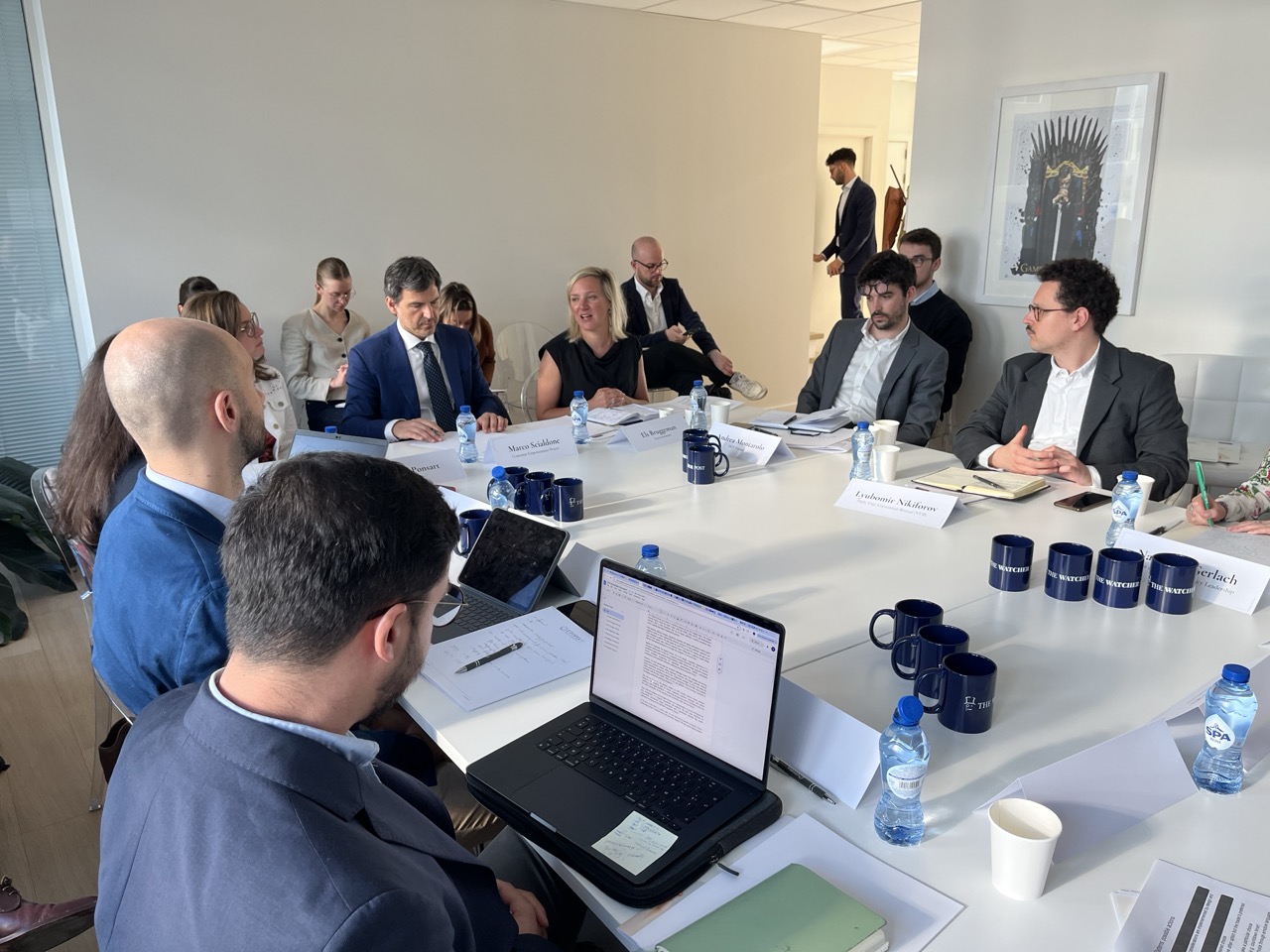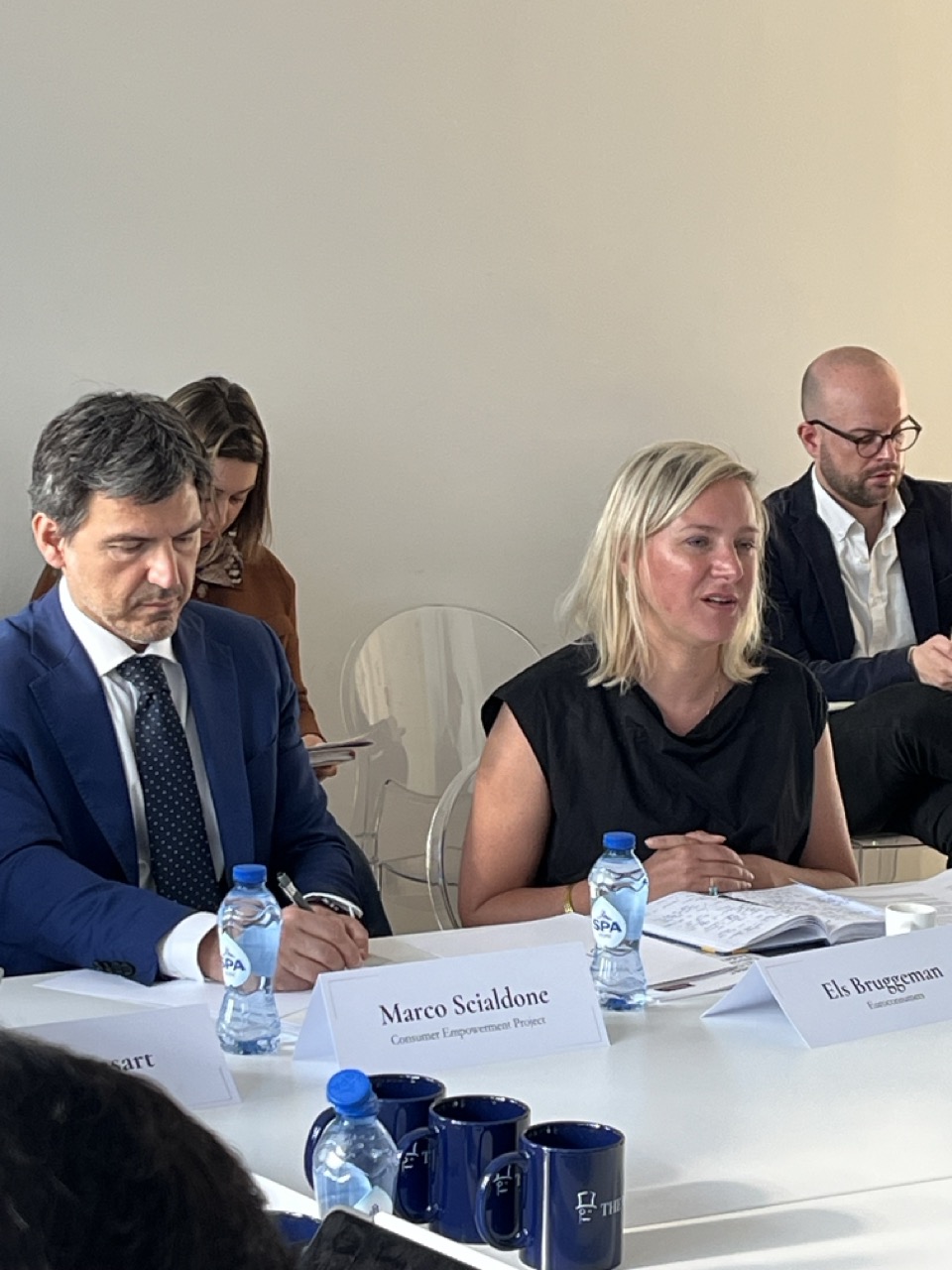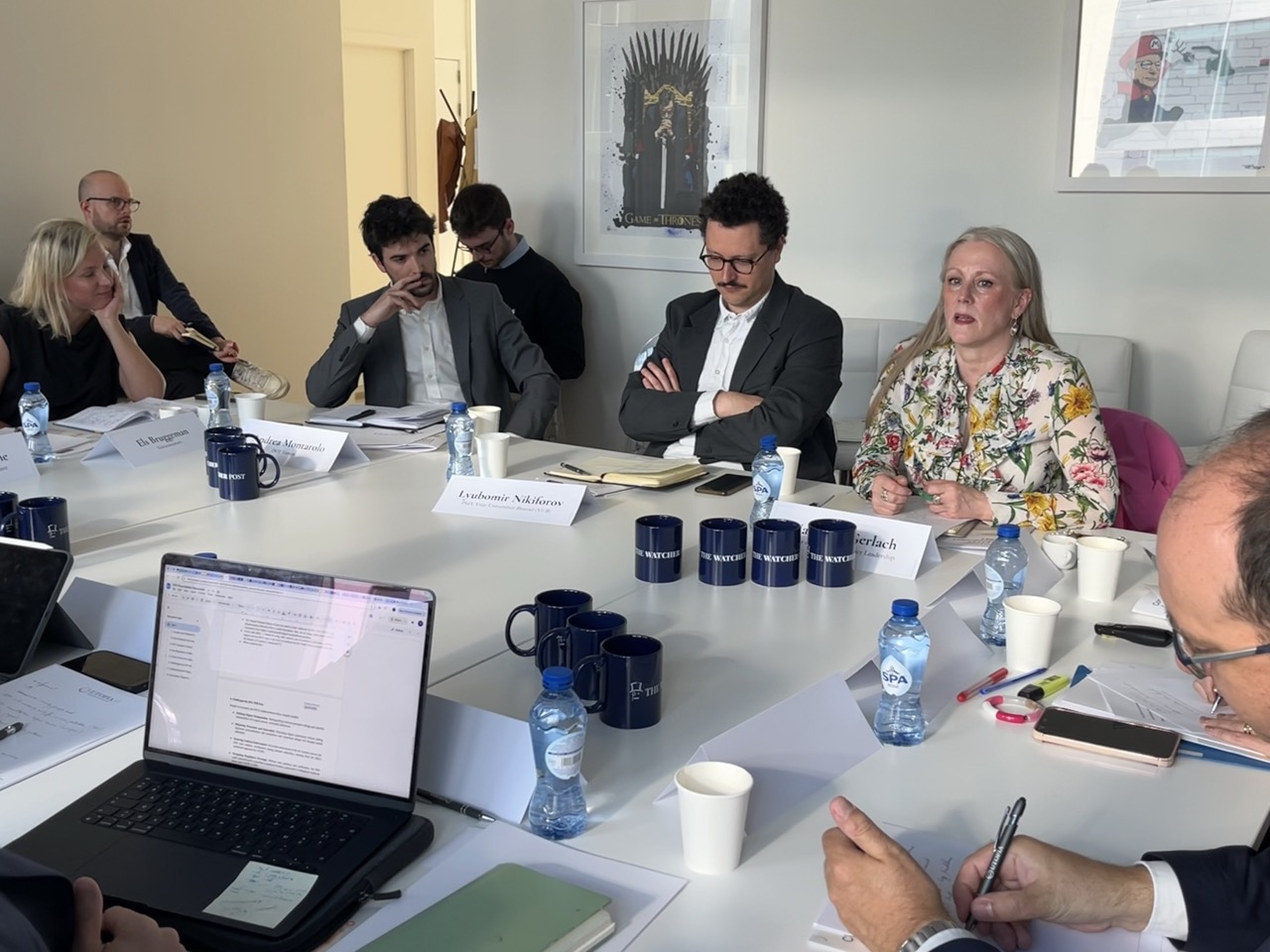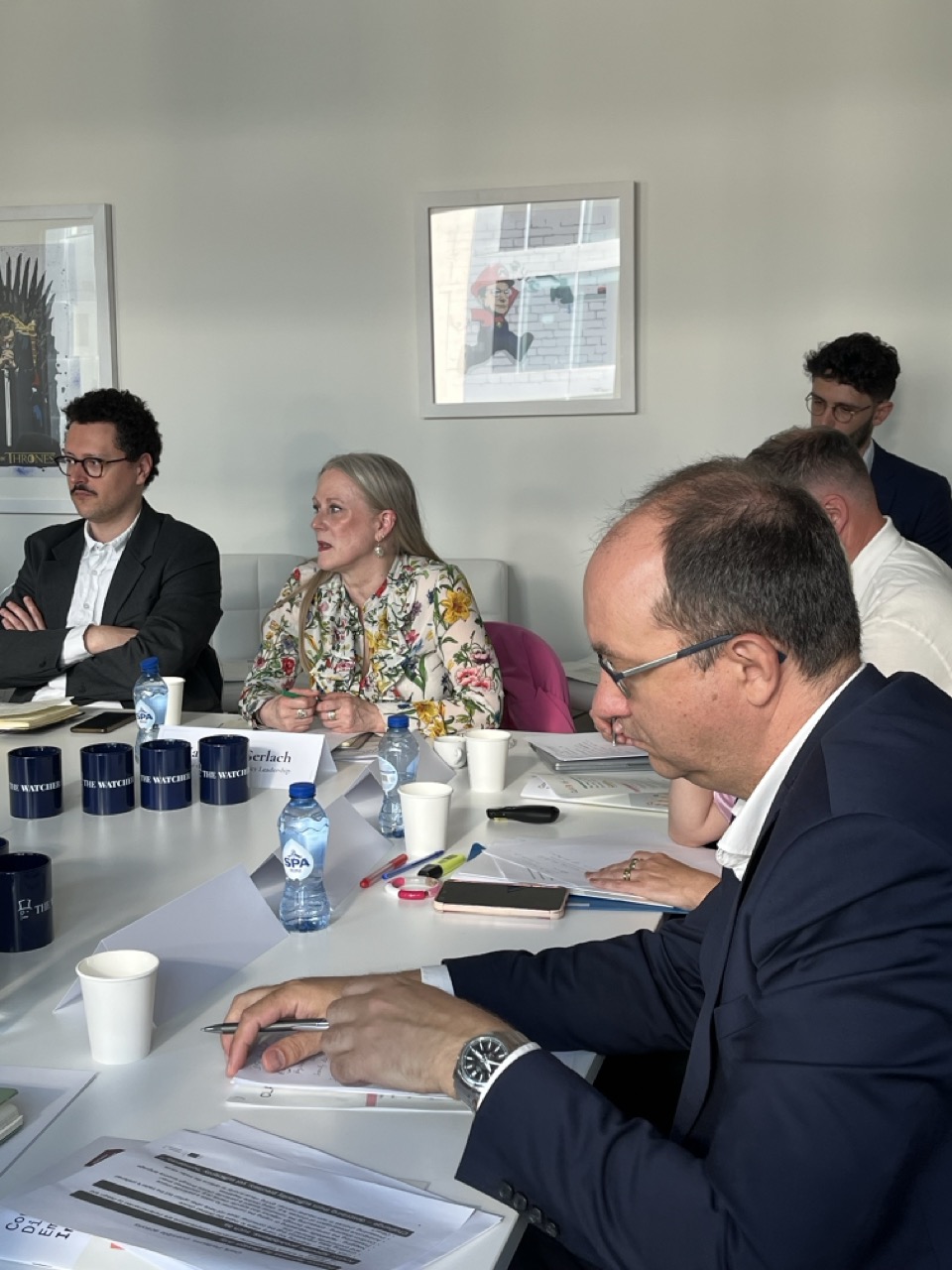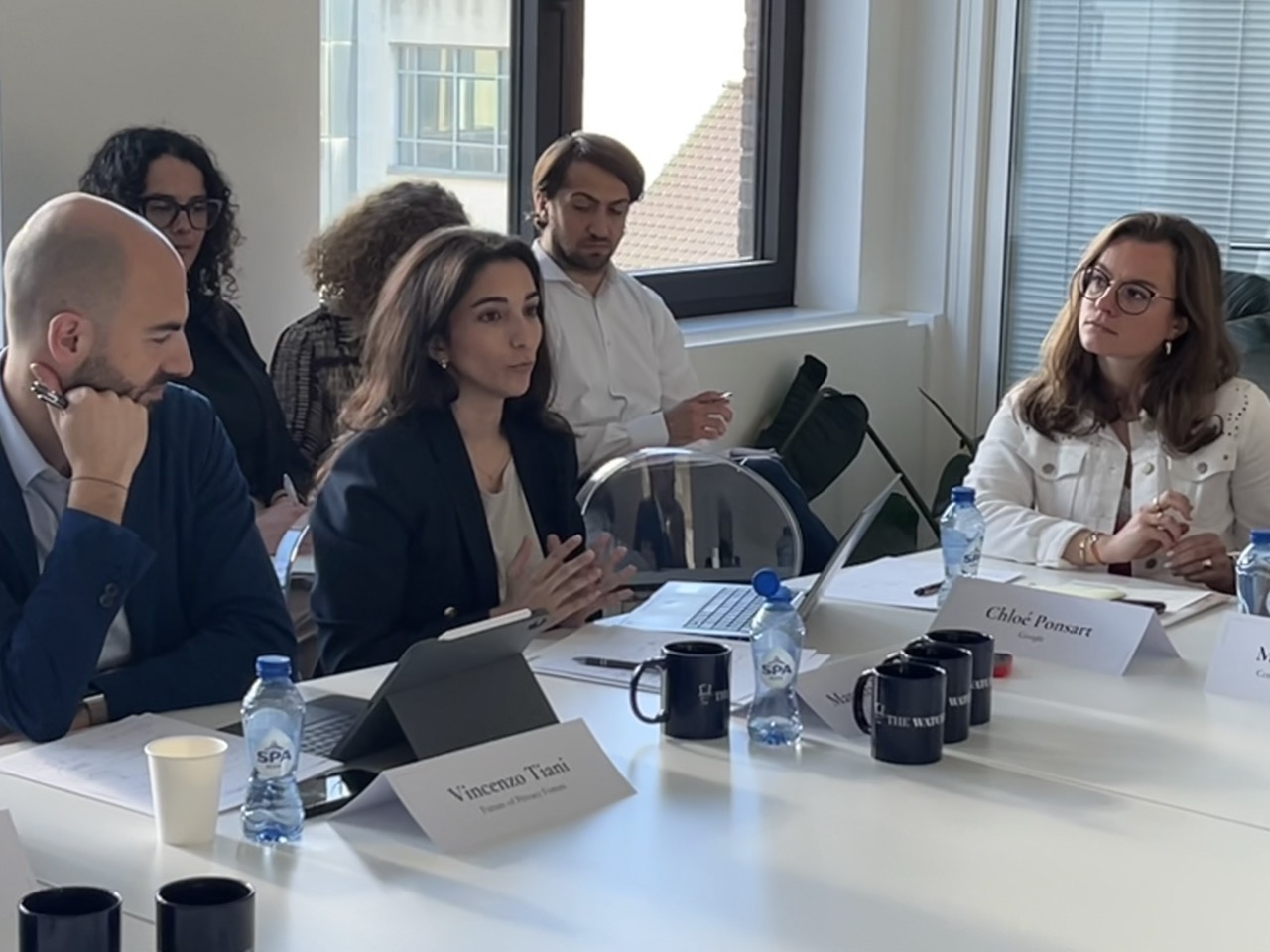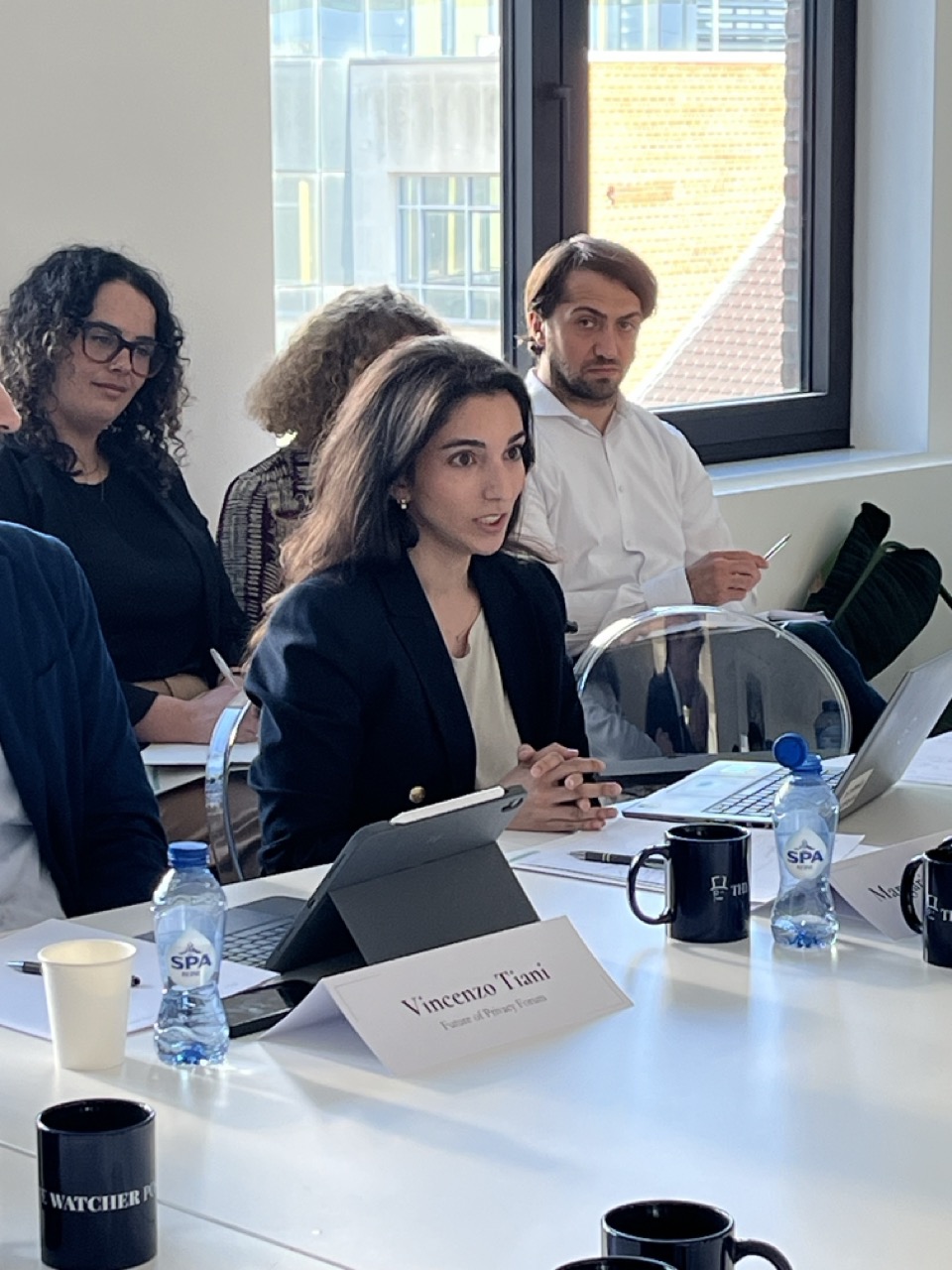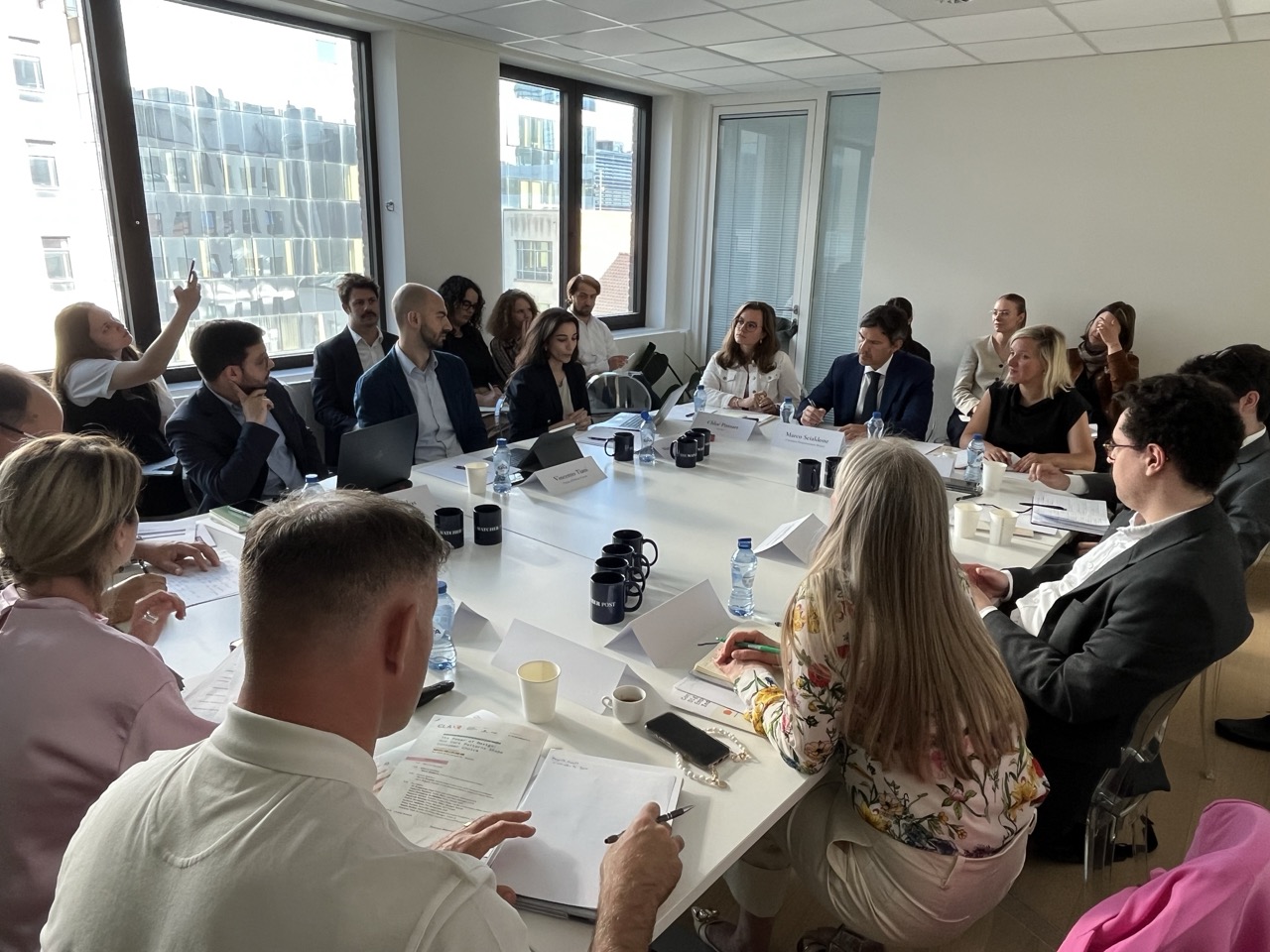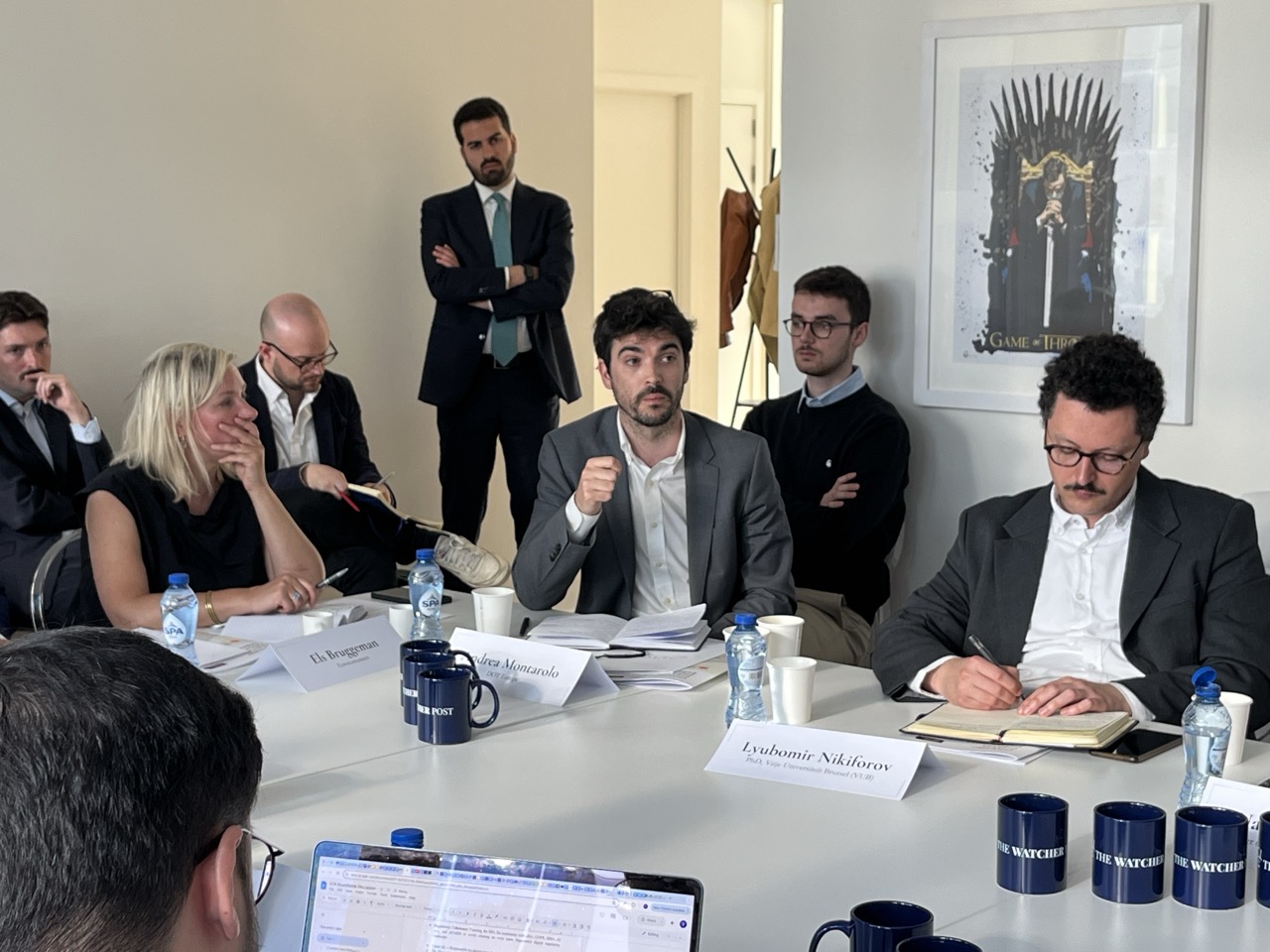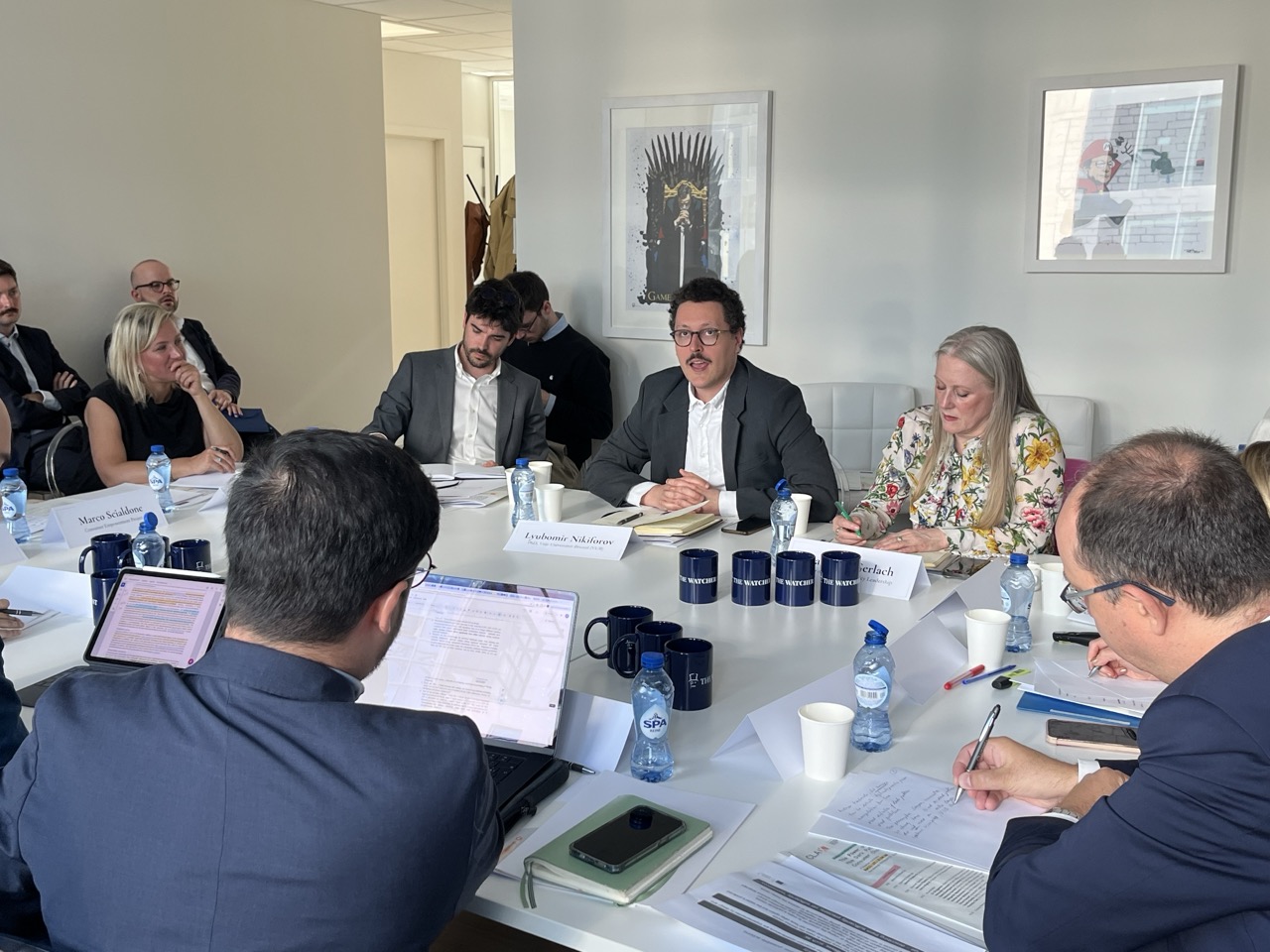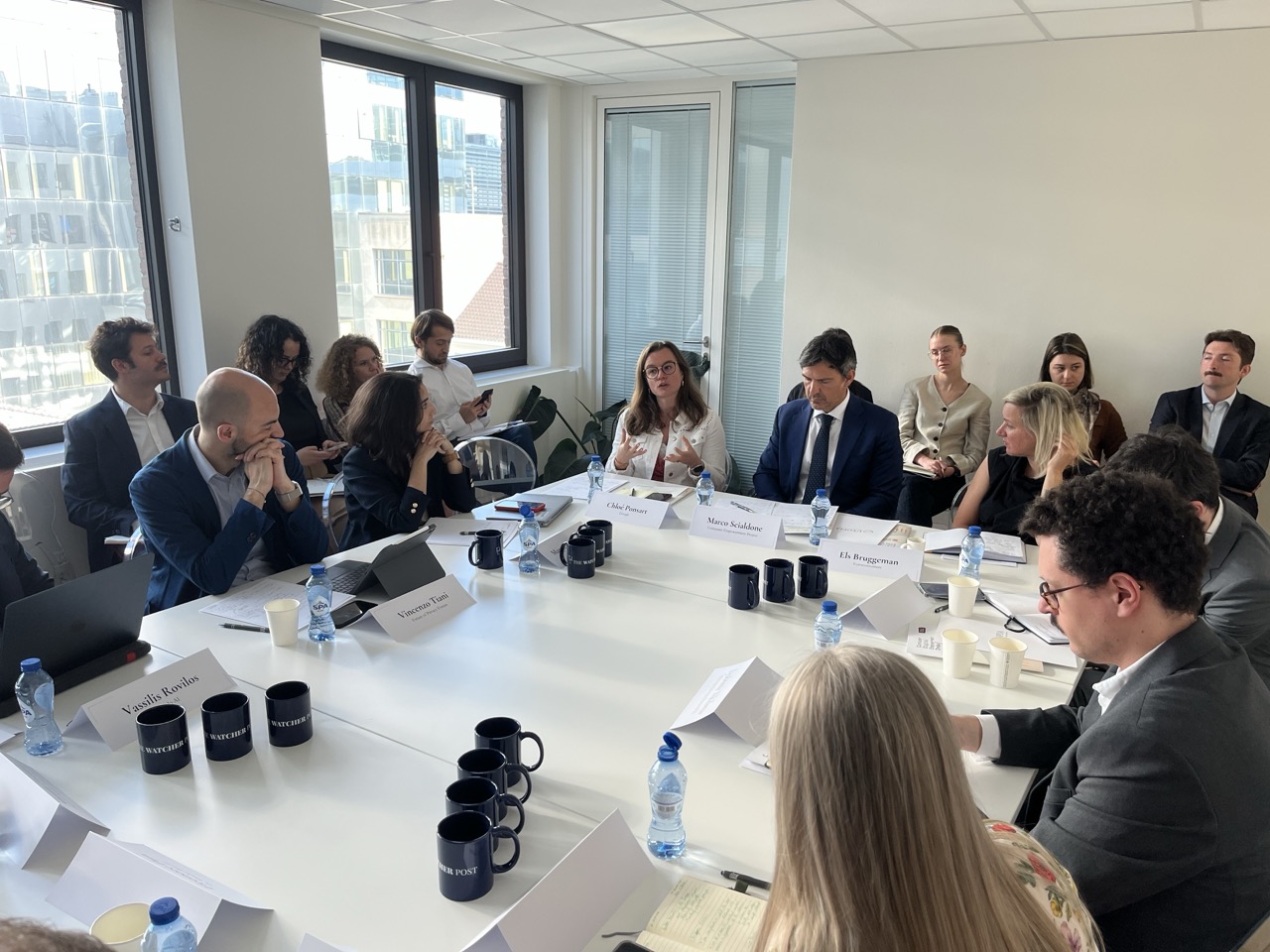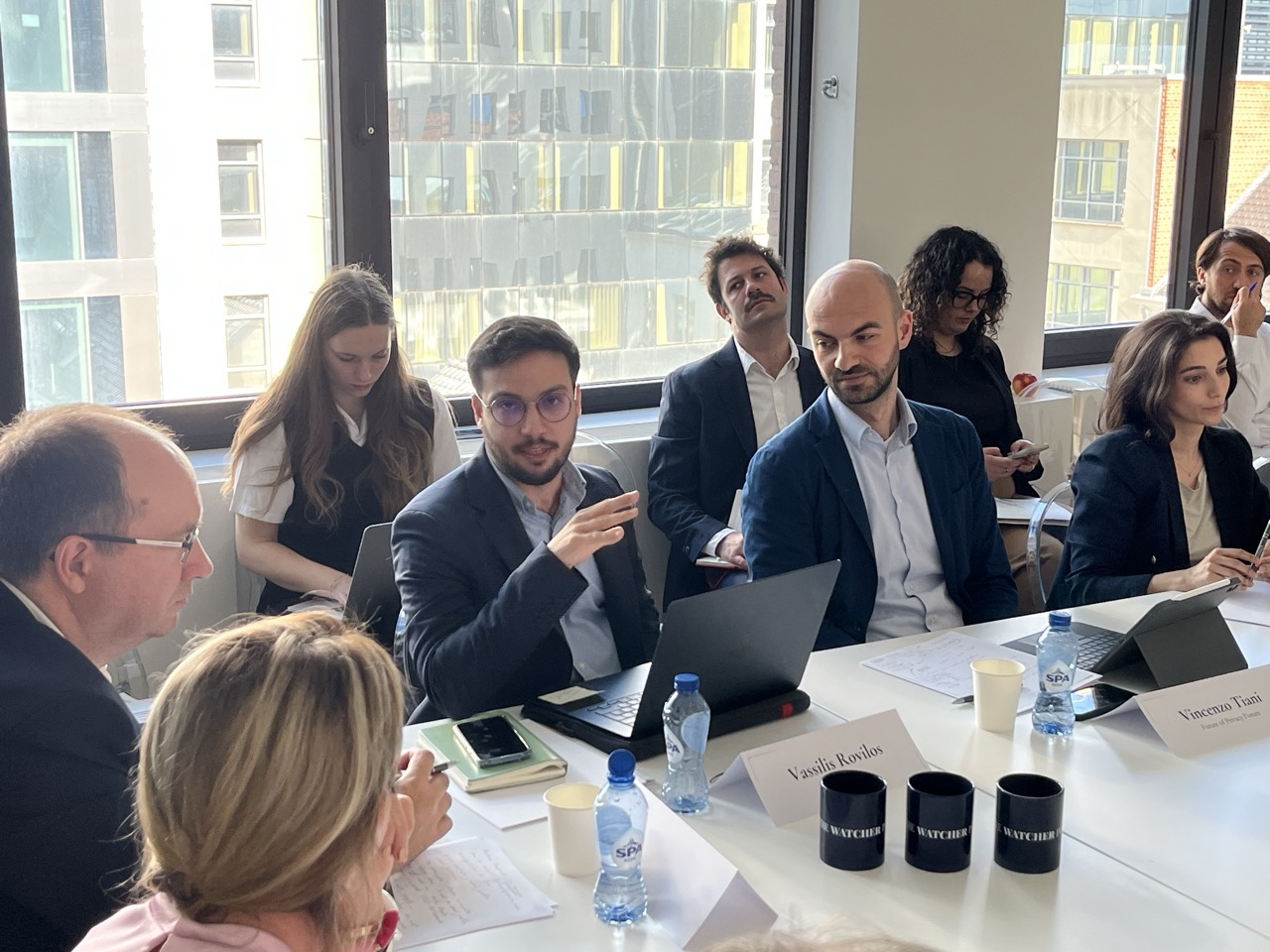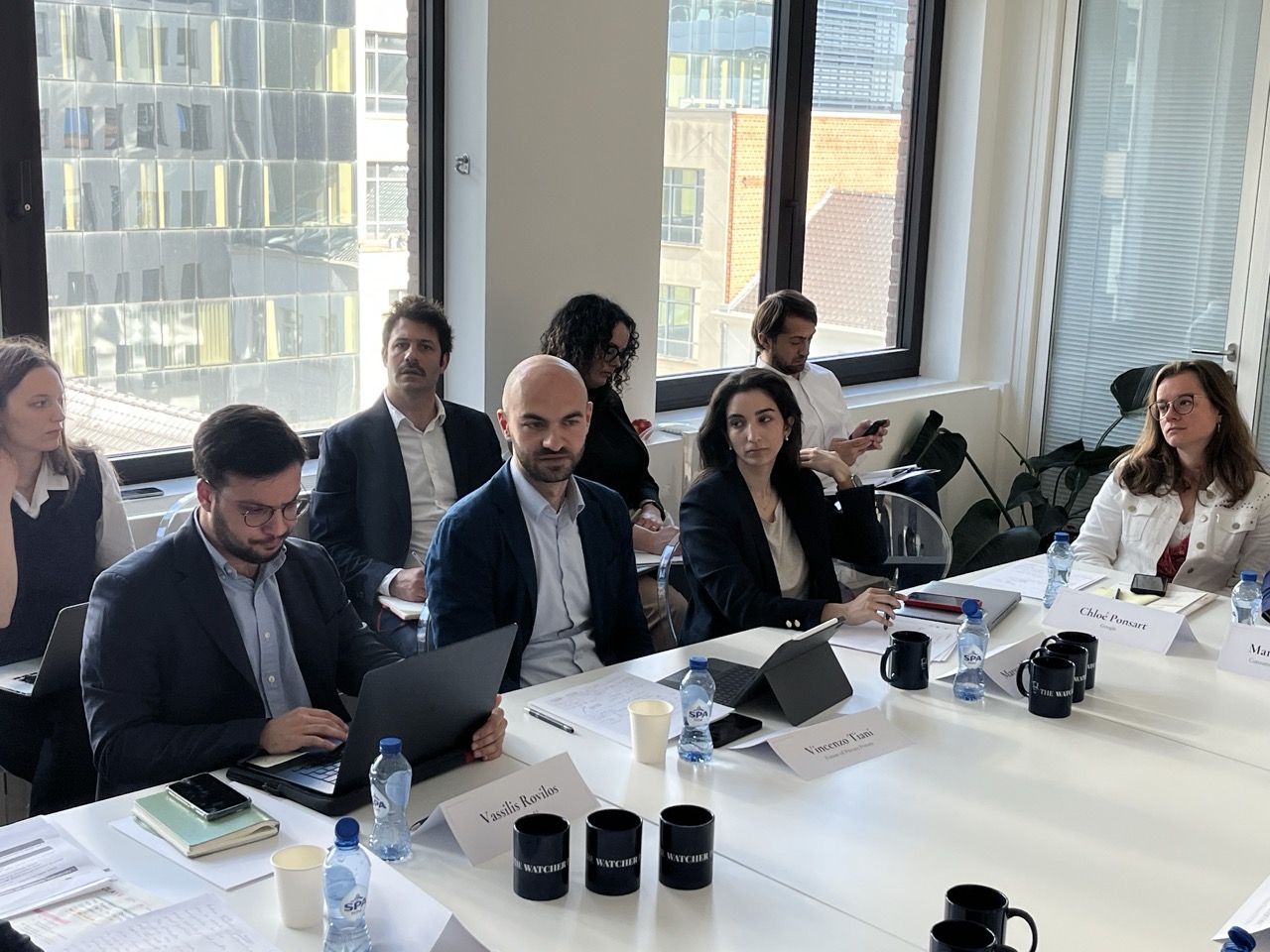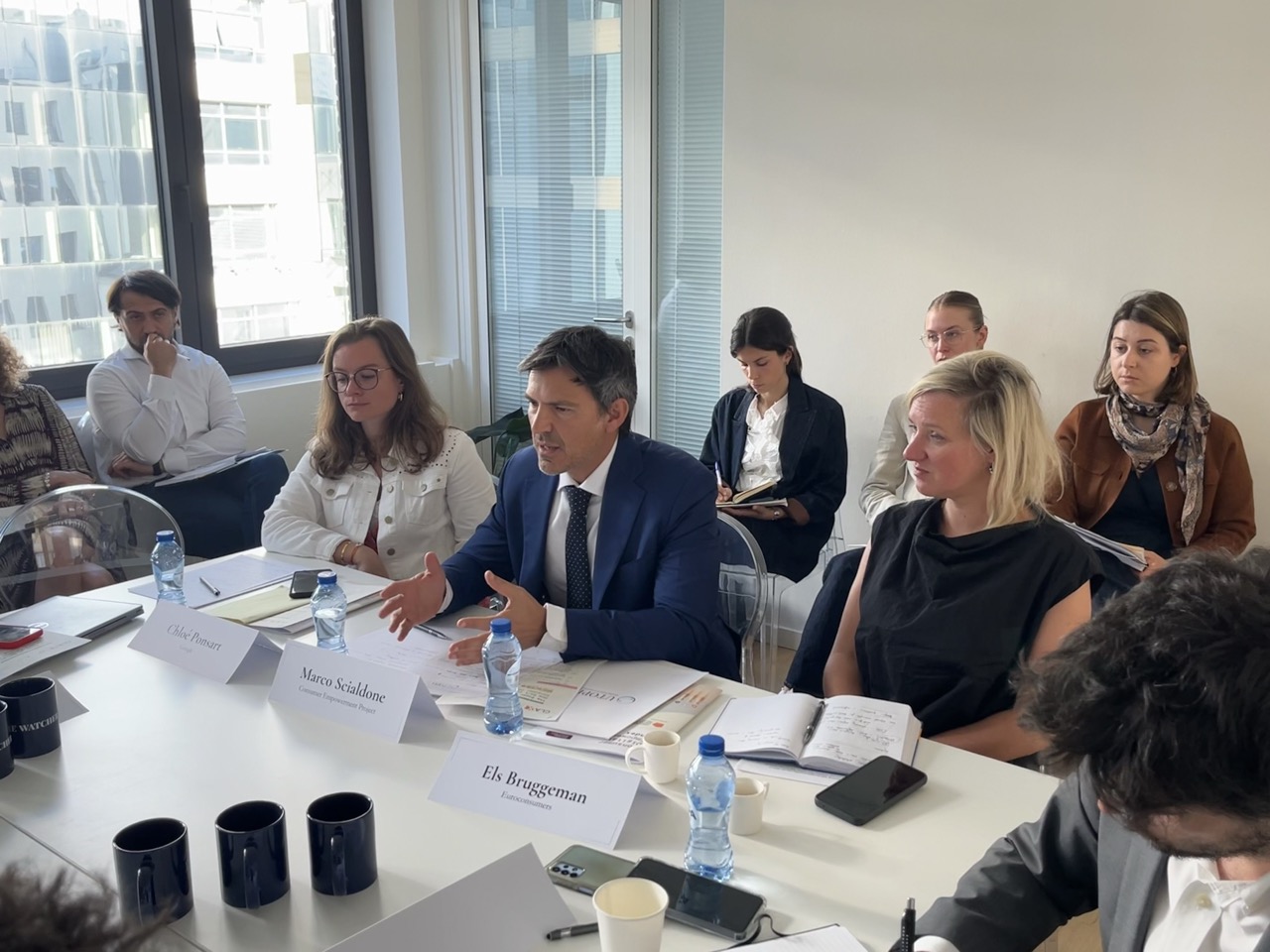The Power of Design: How Dark Patterns Shape Consumer Choice
Dark patterns—design techniques that subtly influence consumer behavior—raise important questions about fairness, transparency, and regulation. How do these patterns emerge? Where should the line be drawn between persuasive design and manipulative practices? This roundtable will assess the impact of dark patterns, examine current legal frameworks, and explore design strategies a respect user autonomy.
Bruxelles
29 April 2025
Event summary
An initiative in partnership with The Watcher Post.EU
![]()
What does digital fairness really mean in a world shaped by algorithms, data-driven design, and persuasive interfaces?
As the EU advances the Digital Fairness Act, these questions are taking on new urgency. To help shape the conversation, we hosted our first CLAx roundtable on this topic yesterday in Brussels, titled “The Power of Design: How Dark Patterns Shape Consumer Choice.” The session aimed to foster meaningful, cross-sector dialogue on how design choices influence user autonomy and trust in digital environments.
The discussion was opened by Martins Prieditis from the European Commission’s DG JUST, who shared valuable insights into the EU’s regulatory approach to digital fairness. We were also joined by Harry Brignull, founder of the Deceptive Patterns Initiative, whose groundbreaking work has helped expose the subtle—and not-so-subtle—ways in which interface design can manipulate consumer choice.
A dynamic group of participants brought diverse perspectives to the table featuring voices such as Els Bruggeman, Natascha Gerlach, Margarida Marante, Chloé Ponsart, Andrea Montarolo, Liubomir Nikiforov, Vasileios Rovilos, Vincenzo Tiani. The conversation was moderated by Eleonore Para, and the event was held in partnership with The Watcher Post EU.
🔗 Read more on TheWatcherPost.Eu
Roundtable








Snapshots
